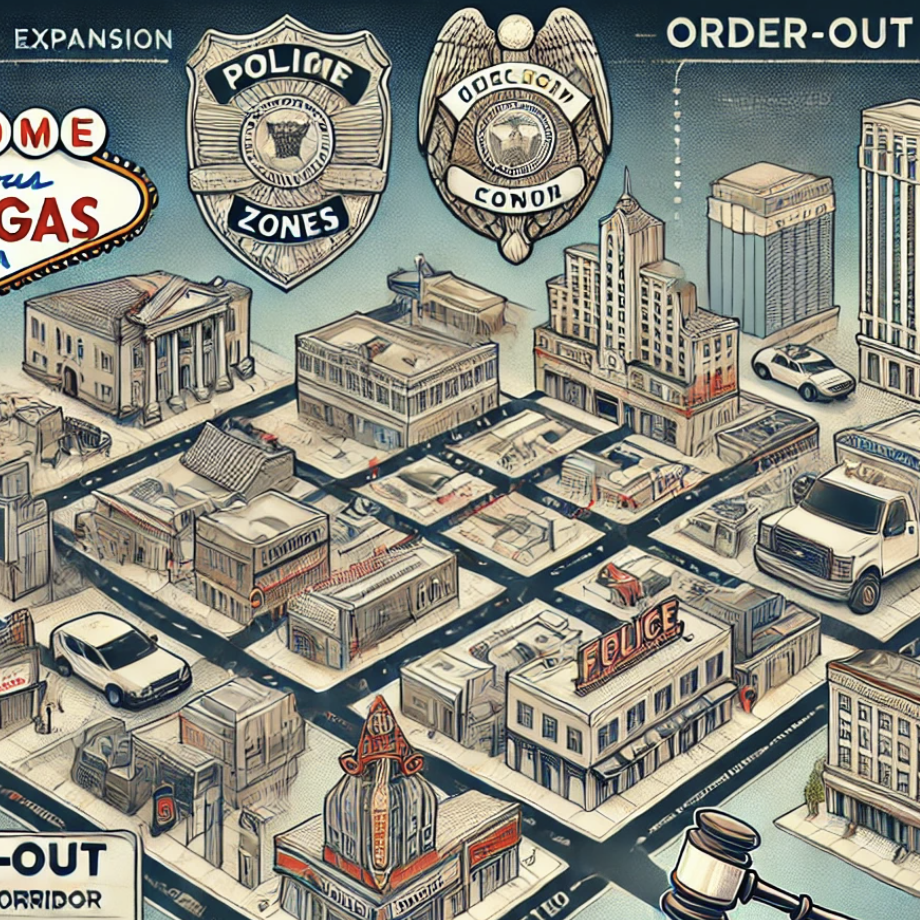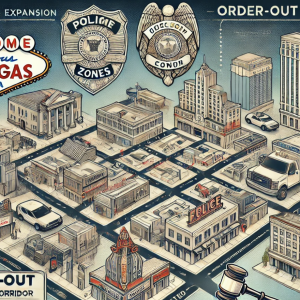Declining GGR on the Strip
The Nevada Gaming Control Board (NGCB) revealed that the Las Vegas Strip’s GGR for August reached just under $643.7 million. This marked a 3.5% decline from what Strip casinos won in August 2023. The drop wasn’t isolated to the Strip; downtown Las Vegas casinos experienced a nearly 9% fall in GGR, with earnings dropping to $58.3 million. Meanwhile, the Boulder Strip faced even steeper declines, with a 22% drop, bringing its GGR down to $64.8 million.
Clark County’s Gaming Revenue Challenges
Across Clark County, home to these three key metered markets, gaming revenue collectively saw a 4.4% decline, bringing in $980.9 million. Michael Lawton, the NGCB’s senior economic analyst, attributed part of this decline to the calendar, noting that August ended on a Saturday. The timing of slot machine collections, which typically align with the calendar month, spilled into September, delaying the revenue recognition for some of these gaming activities. Lawton explained, “A lot of the volatility you are seeing downtown and on the Boulder Strip is the result of the month of August ending on a Saturday. As a result of the timing of slot collections falling into September, the revenue will be recognized and reported to the Board in September’s filings.”
Poor Hold Rates Hurt Revenues
In addition to the calendar, Lawton cited poor hold rates as a key factor in August’s revenue dip. The hold rate, which refers to the percentage of money wagered that the casino keeps as profit, was lower across various games, which worked in the favor of the players but hurt casino earnings.
Baccarat, a game heavily favored by Asian high rollers, saw a significant decline on the Strip. GGR from baccarat dropped by 34%, bringing in $75.7 million, compared to much higher figures from the same month last year. If baccarat were excluded, Strip revenue for August would have actually increased by 2.8% year-over-year, showing just how much of an impact the game had on overall performance.
Another area of concern was the sports betting sector, which also reported lackluster results. Oddsmakers on the Strip earned just $7.4 million, a result of an especially poor 3.7% hold rate. As more and more sports bettors experienced luck in their favor, it has left casinos struggling to maintain consistent profits from this sector.

Revenue Declines Across Nevada’s Major Markets
This trend extended to other key markets within Nevada, including Washoe County and Reno. Both areas saw their gaming revenue slip, with statewide GGR for August declining by 3.8% to a total of $1.16 billion. Revenue from both table games and slot machines saw similar declines of 3.8%, as players seemed to fare better than they had the previous year.
Despite these declines, the August figures weren’t as grim as some had predicted. Analysts at Deutsche Bank, for example, had forecasted a year-over-year loss of 4.8%, so the 3.8% decline was slightly better than expected. Still, the gaming industry is keeping a close eye on these numbers to gauge whether this is the beginning of a more prolonged trend or just a temporary dip.
Smaller Markets See Gains
While the larger markets such as Las Vegas and Reno experienced declines, smaller gaming regions across Nevada saw growth. Carson Valley’s GGR rose by 9% to $12.3 million, while Churchill County posted a 24% increase, reaching $2.4 million in gaming revenue. The Douglas County South Shore Lake Tahoe region also saw a slight bump, with GGR climbing to $26.7 million.
Lyon County recorded a nearly 1% increase, bringing its GGR to $5.5 million, while Nye County saw a 4% rise to $5.6 million. Washoe County, despite overall revenue declines, had some positive growth areas, with one segment reporting a 12% jump to $6.5 million. White Pine County also expanded its GGR by 4%, earning $1.2 million for the month.
Room Occupancy and Airport Traffic Climb
Despite the gaming revenue challenges, Las Vegas’ overall visitation remained robust, fueled by leisure travelers. The Las Vegas Convention and Visitors Authority (LVCVA) reported that the slight increase in visitor volume was driven by public leisure travel. Convention attendance, however, dropped by more than 1%, with 638,300 attendees recorded in August.
This influx of leisure travelers led to an improvement in Clark County’s hotel occupancy rates, which climbed by 0.9 percentage points to 81.2%. The most notable increase was in weekend occupancy, which rose to 90.2%, demonstrating the ongoing appeal of Las Vegas as a weekend getaway destination. Weekday occupancy, which is more reliant on business and convention travelers, experienced a slight decline, falling to 76.9%.
On the Las Vegas Strip specifically, hotel occupancy reached nearly 85% for August, with the average nightly rate standing at $186. This indicates that while gaming revenue may have taken a hit, the hospitality side of the city’s tourism economy remained healthy.
Harry Reid International Airport Sees Passenger Growth
The city’s main airport, Harry Reid International Airport, also saw an increase in traffic. The airport handled over 4.8 million passengers arriving and departing in August, representing a 5% increase from the same month last year. Through the first eight months of 2024, the airport has served more than 38.7 million passengers, nearly 3% more than the same period in 2023, which was a record year for passenger traffic at the airport.
Southwest Airlines continues to dominate the Las Vegas market, accounting for 14.5 million passengers in the first eight months of the year.
Conclusion
While Las Vegas saw a solid rise in visitation numbers in August, the gaming revenue story was more complicated. Poor hold rates and an irregular calendar played key roles in the dip in casino earnings, but overall, the city’s tourism sector remains strong, with hotels and the airport seeing increased activity. Looking ahead, the industry will be keeping a close eye on September’s numbers to see if the gaming revenue challenges are a temporary setback or part of a broader trend.
















